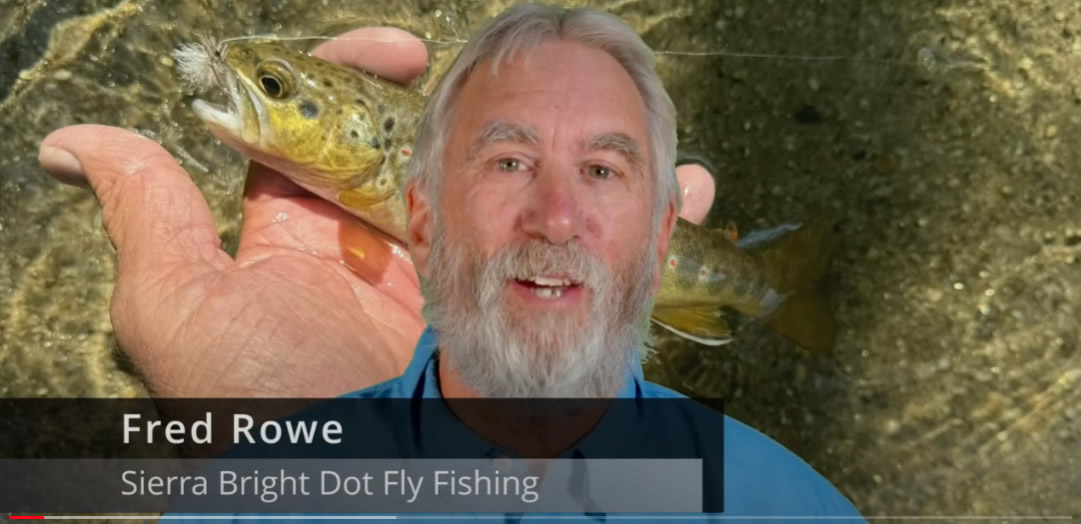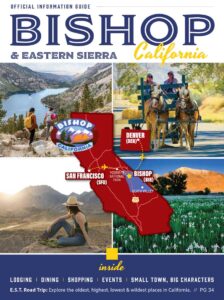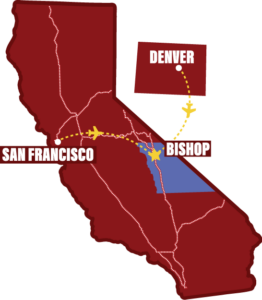Fishing Report
Eastern Sierra Fishing photos compiled by our local guide staff and the rest of the information sourced from their crew and our wonderful guests. Thank You!!!
Photo @CarterMurphyPhoto
Upper Owens River
Above Benton Crossing Bridge
Hot day time temperatures is forcing fly fishers to fish early in the morning and late in the day. A mid-day pale morning dun hatch is being blown off the water and ending any chance of a mid-day dry fly session. Hoppers have not shown up yet. Try using a hopper in the late afternoon winds. Cast the hoppers directly into the wind as this is where the naturals will be blown on to the river. Early morning nymphing with size 20 olive quilldigons, size 18 bead head flash back pheasant tail nymphs, size 16 bead head flash back gold ribbed hare’s ears and size 18 tiger midges is fooling a few wild rainbows and brown trout. Fishing with size 16 elk hair caddis, size 16 stimulators and size 18 Adams parachutes is producing a few trout in the evenings. Low light times is mosquito time and be sure to carry insect repellant.
>> Complete Fishing Report by Sierra Bright Dot
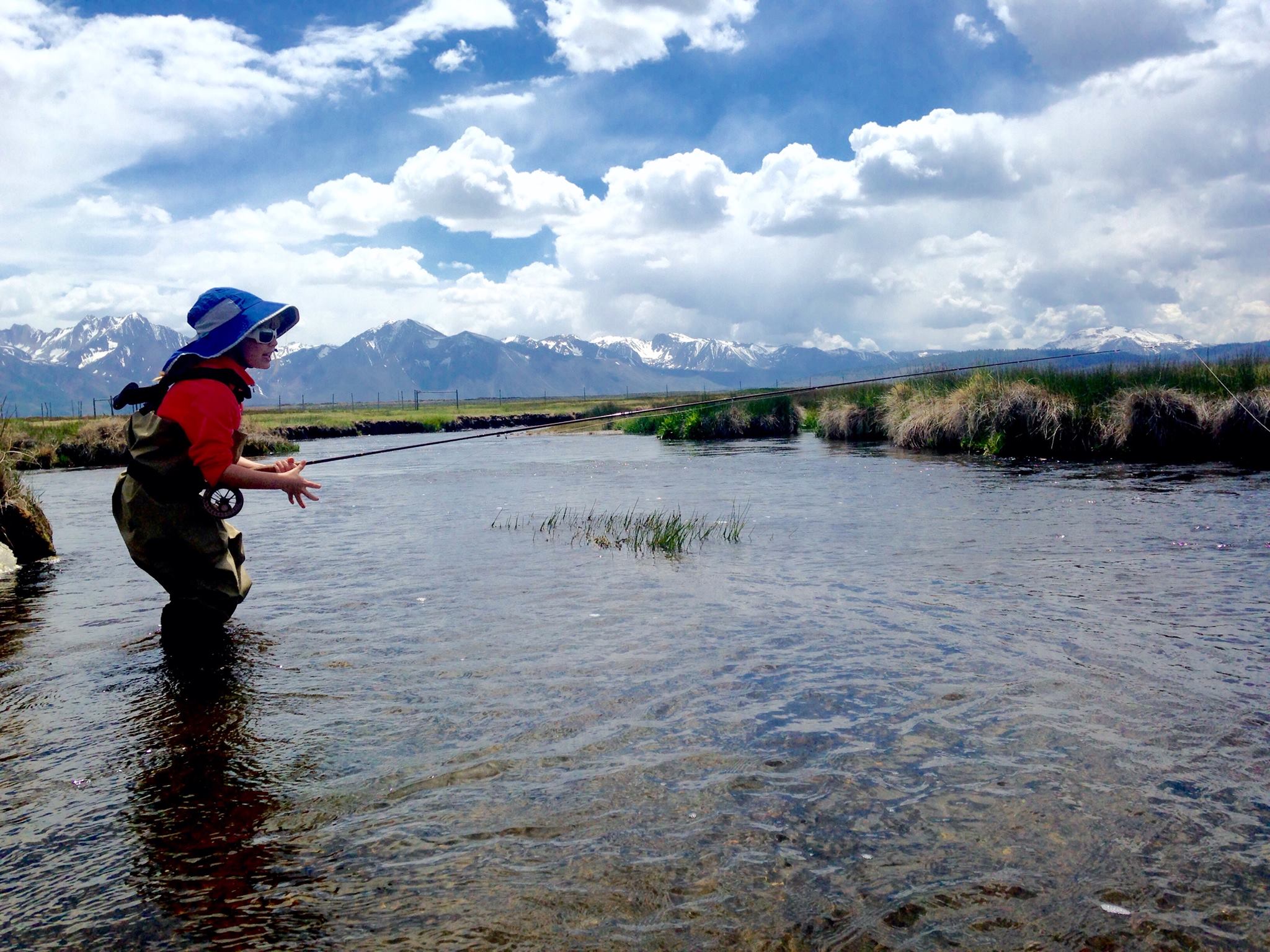
Lower Owens River
Flows on the lower Owens River are up to 400 CFS and are expected to continue to go up. This is too high to safely wade. This will be the last lower Owens River report until the flows drop back under 300 CFS which is the start of safe wading levels for the lower Owens River. I expect the flows to lower starting in October or November.
Owens River Gorge Update
With temperatures dropping just below average temperatures for this time of year it makes hiking in and out of the Owens River Gorge more reasonable. It’s still hot in the gorge and fly fishers should carry lots of water for the hike in and out of the gorge. This is the perfect time to be fly fishing with a dry and dropper rig and wet wading in the river. There is lots of streamside rose bushes and stinging nettles to be avoided. Easiest way to avoid these bushes is to wade right up the center of the river. Scouting up river before your start wading will let the fly fisher know if there is an out or they have to back track down river to the put in spot. For the dry fly in the dry and dropper rig use size 12 Chermobyl ants, size 16 elk hair caddis, size 16 stimulators and size 16 Adams parachutes which are high visible and high floatable patterns. Size 18 bead head flash back pheasant tail nymphs, size 16 bead head flash back gold ribbed hare’s ears, size 18 olive quilldigons, size 18 zebra midge and size 18 tiger midges are the nymphs to use in the dry and dropper rig in the Owens River Gorge.
To stay up with the changing flows check out Eastern Sierra water flows.
>> Complete Lower Owens Fishing Report by Sierra Trout Fly Shop

Invasive Golden Mussel !
The discovery of these new golden mussels present threats to more local waters than the Quaggas and Zebras because they need less calcium in the water and can survive higher and lower temps. Bottom line, we need your help to spread the word to keep the invasive species from spreading into our lakes and streams. Best practice for boats, trailers and gear is Drain, Clean & Dry.
www.wildlife.ca.gov/mussels
866-440-9530
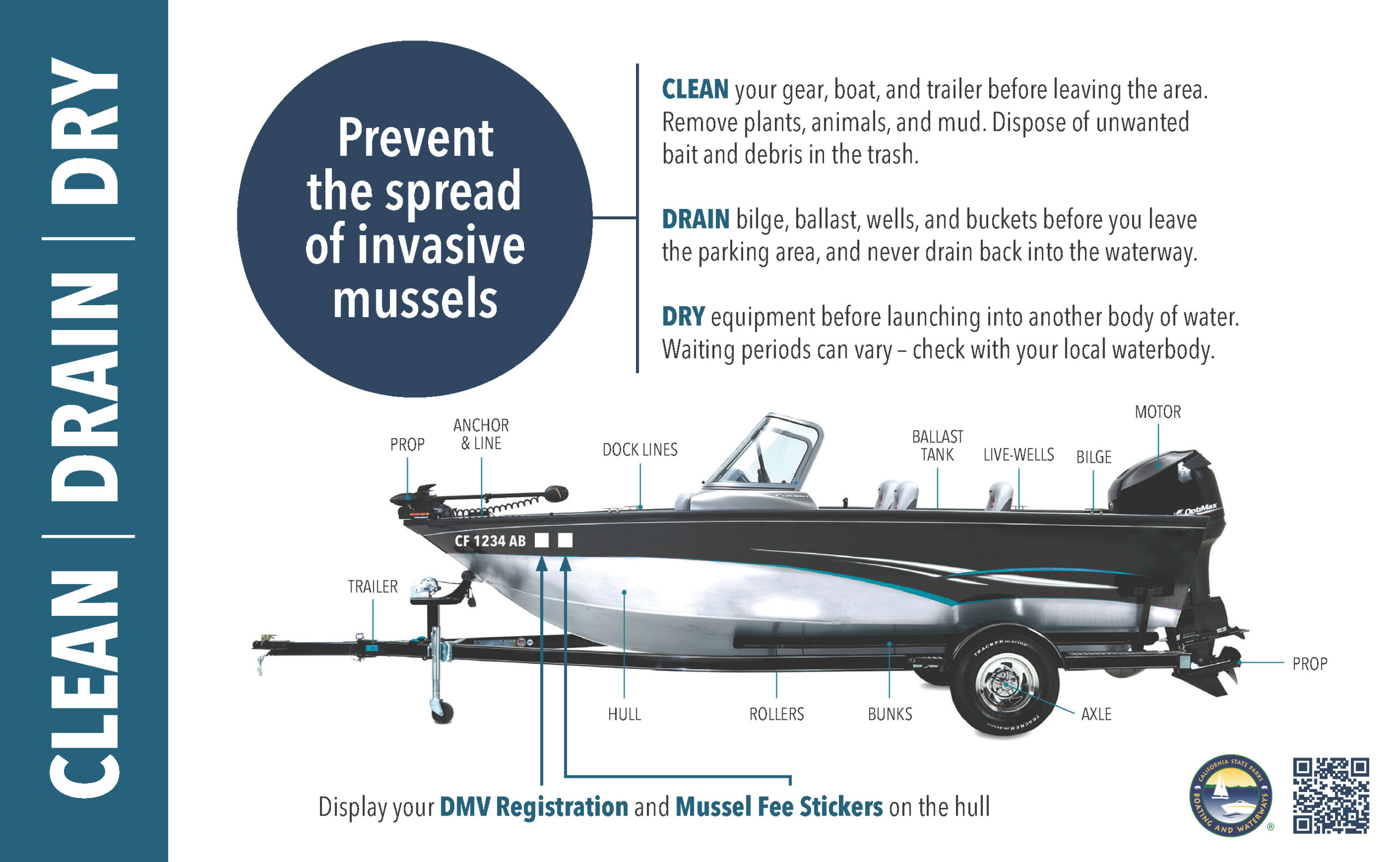
Hot Creek
Interpretive Area: The Interpretive Site is getting lots of fly fishing pressure. Be on the creek by 8:30 A.M. to catch the morning trico action. As the trico action subsides look for blue wing olive mayflies and a smattering of pale morning dun mayflies scattered in with the blue wing olives. Start the morning fishing with size 22 female trico parachutes. Then switch to a size 22 trico spinner for the trico spinner fall. Next up is a size 20 blue wing olive parachute and size 20 blue wing olive sparkle dun. Have a few pale morning dun parachutes or pale morning dun sparkle duns to fish if the trout start keying in on the hatching pale morning duns. After a lunch break and siesta head back to the creek in the evening looking for the caddis hatch and the male trico hatch. For evening fly fishing fish with size 20 gray elk hair caddis, size 20 gray parachute caddis and size 22 male trico parachutes.
The Canyon: Full growth weed beds makes fly fishers target the few spots in the creek without weeds. A dry and dropper rig is good for the areas with little to no weed beds. For the areas with trout feeding in concentrated weed beds use a dry fly. For the dry fly in the dry and dropper rig use a size 12 parachute hopper, size 12 chubby Chernobyl, size 12 fat Albert, size 16 stimulator and size 16 Adams parachute. For the nymphs use a size 18 olive quilldigon, size 18 bead head flash back pheasant tail nymph, size 16 bead head flash back gold ribbed hare’s ear and size 16 hot spot pheasant tail nymph. For dry flies use size 20 Adams parachutes, size 20 blue wing olive parachutes, size 22 female parachute tricos, size 16 pale morning dun parachutes and size 16 pale morning dun sparkle duns. When fishing with hoppers on Hot Creek be sure to land them softly on the water. If the hopper pattern splats it will spook trout.
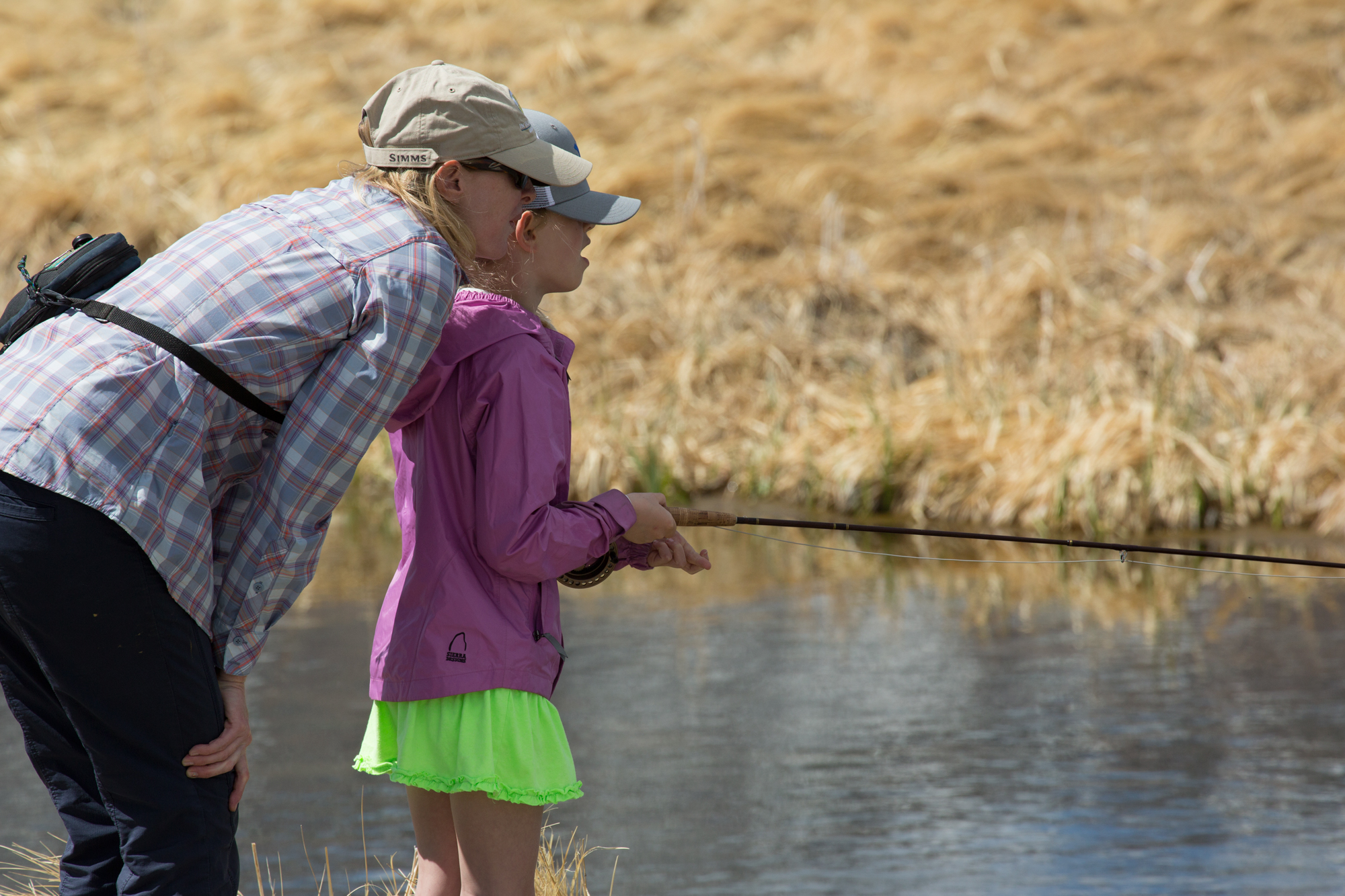
Bishop Creek Canal
Mid-day fly fishing on Bishop Creek Canal has come to a stop. Perseverance with a nymph is producing a few trout when fished under an indicator or with a Euro rig. Best canal fishing is sunrise to 9:00 A.M. and 7:00 P.M. to dark. The fish are taking both dries and nymphs. For dries fish with size 16 elk hair caddis, size 18 Adams parachutes and size 16 stimulators. For nymphs fish with size 18 tiger midges, size 18 zebra midges, size 18 olive quilldigons and size 18 bead head flash back pheasant tail nymphs.
>> Complete Bishop Creek Canal Fishing Report by Sierra Bright Dot
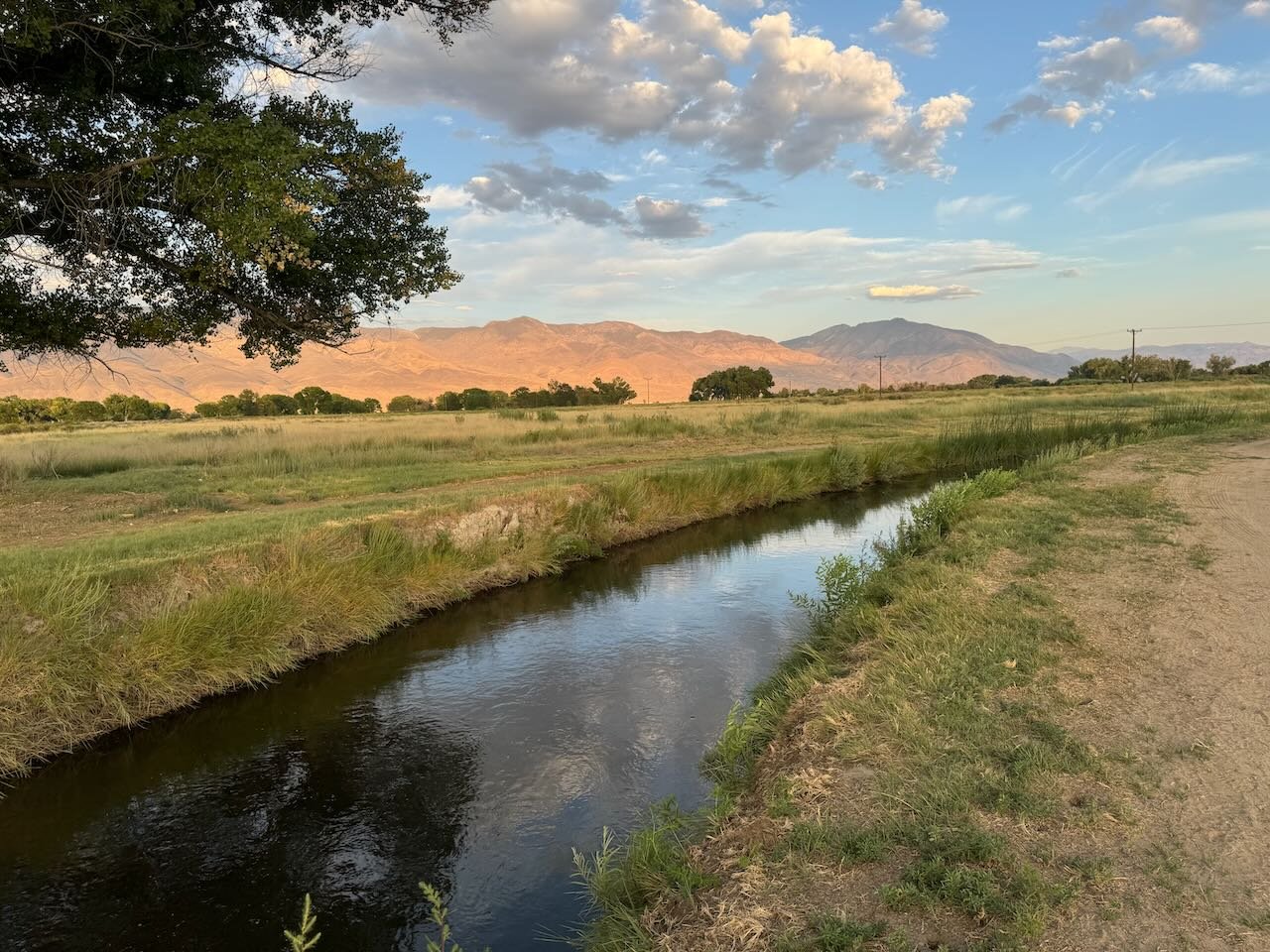
Crowley Lake -FANTASTIC!
All boats entering Crowley Lake will need to be inspected.
Another fun couple weeks of trout and perch fishing here in Crowley lake.
Weather remains good and the fishing is very fun with perch and trout of all species biting. Trout fishing remains good in deeper water, 25-32 feet, with fish suspended off the bottom a foot or two. Carolina rigs with 2 pound flourcarbon leaders have been working the best. Pinched crawlers, night crawlers and yellow powerbait remain top baits for my clients.
Best spots for trout have been alligator point, Hilton bay and McGee bay.
Perch are still all over the lake, eating small rapalas, mini jigs, tube jigs and of course grubs woth a crappie nibble. Color doesn’t seem to matter, they are hungry.
Best spots for perch are McGee bay, Leighton Springs and Green Banks.
Please keep the fish in the net and let them have a chance to revive before releasing them. These warmer water temperatures can really put a lot of stress on the fish.
https://www.crowleylakefishcamp.com/fishing-reports
Fishing Reports by top ranked Fishing Guides – Owens River, Hot Creek, Bishop Creek and Eastern Sierra Lakes
- Local Fishing Report by Sierra Trout Magnet
- Weekly Fly Fishing Report by Sierra Bright Dot
- Bishop Creek Fishing Report by Parchers Resort
Fishing Maps
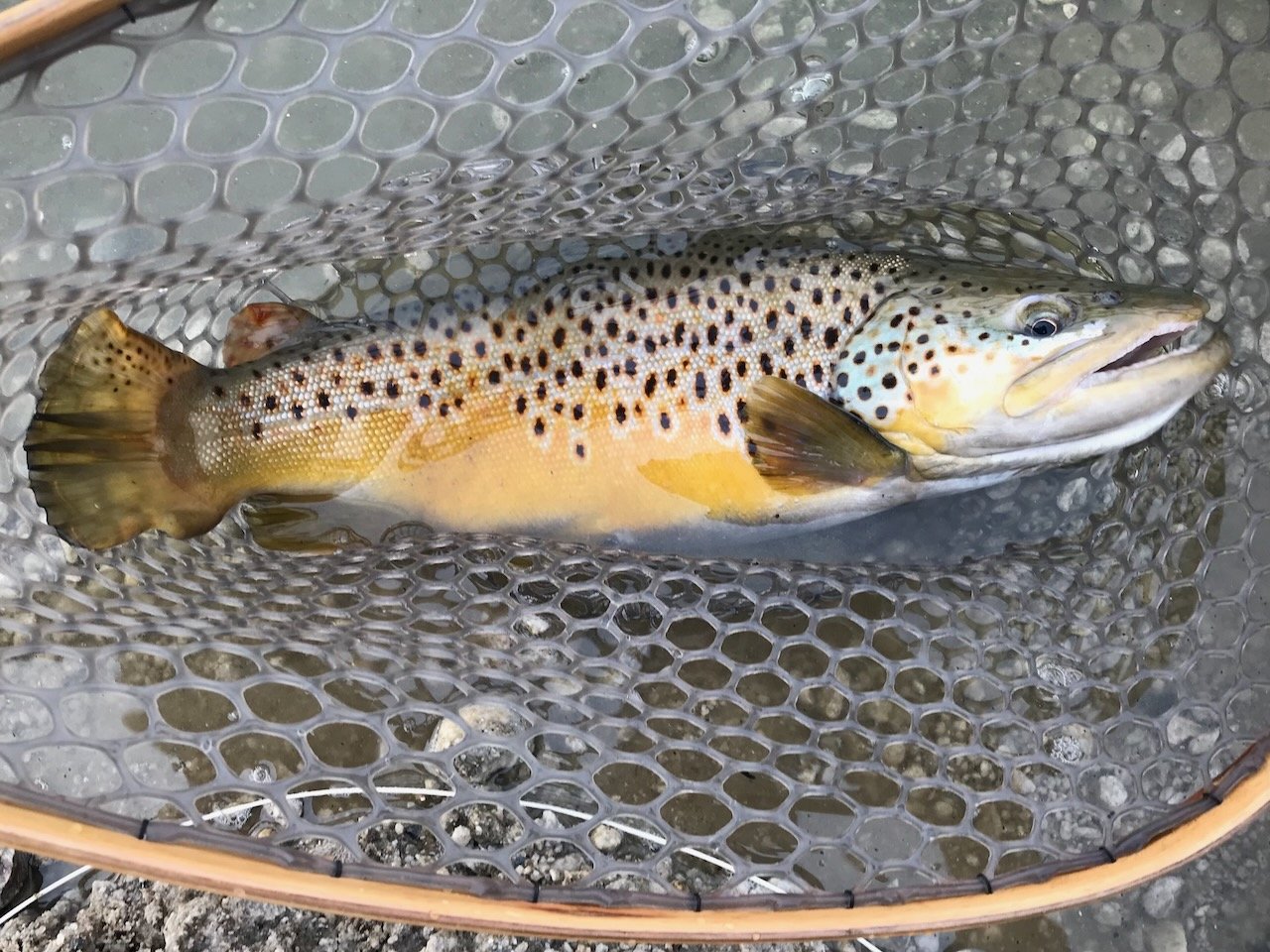
Bishop Creek – It’s ON!!!!
Courtesy of Parchers Resort and South Lake Landing
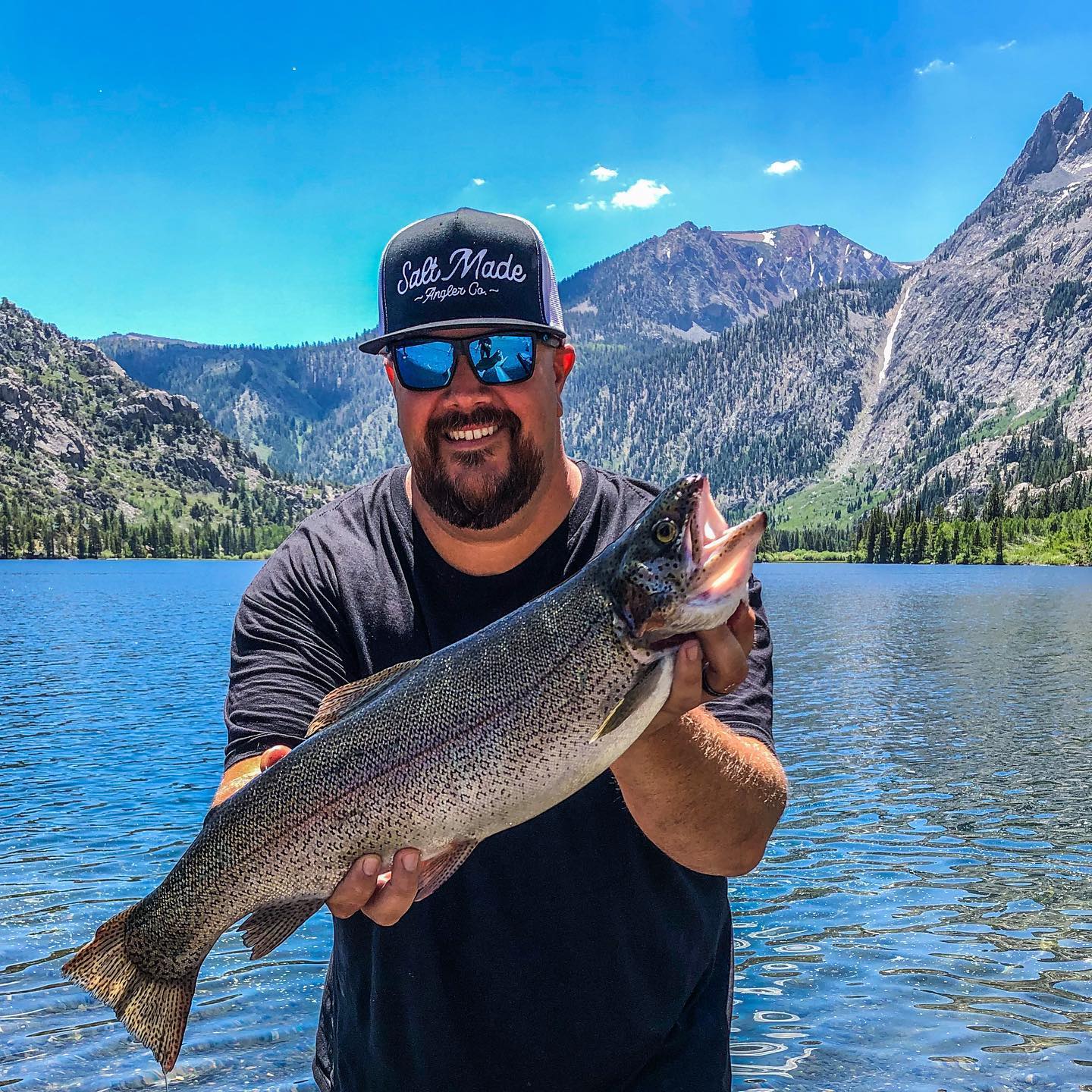
Latest about fishing Bishop
It’s summer time in the Eastern Sierra. Fly fishers are fishing at or above 8,000 feet to avoid the heat in the Owens Valley. Occasional summer rain showers are cooling of fly fishers. This time of the year the best fly fishing is early and late in the day when insects are the most active. Mayflies, caddisflies and midges are providing the food trout are feeding on. Afternoon winds keep the mosquitoes at bay and cool of fly fishing in the Eastern Sierra. If you can’t cast in the wind afternoons are not to be spent on the water. This is supposed to be hopper time in the Eastern Sierra. A few waters have a few hoppers landing on the water and trout feeding on them.
Year-Round Fishing